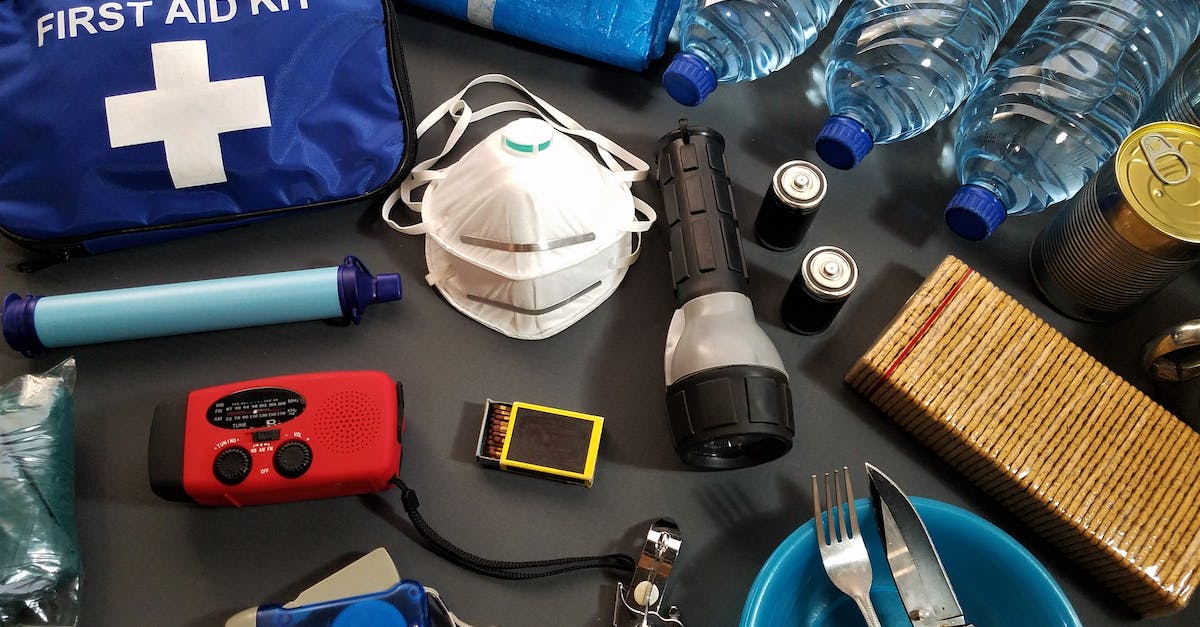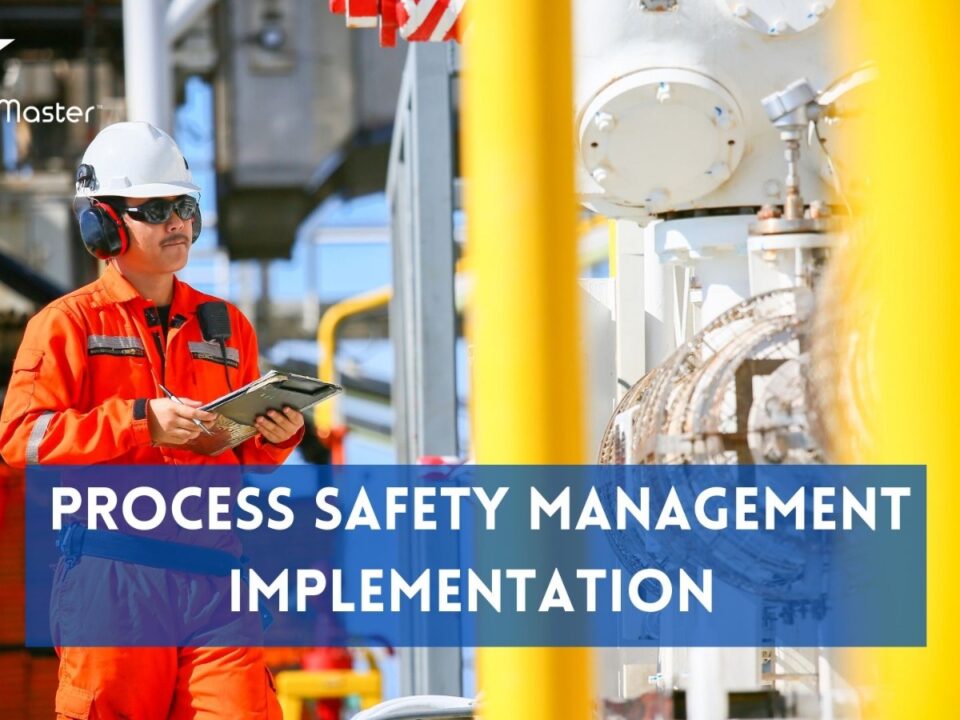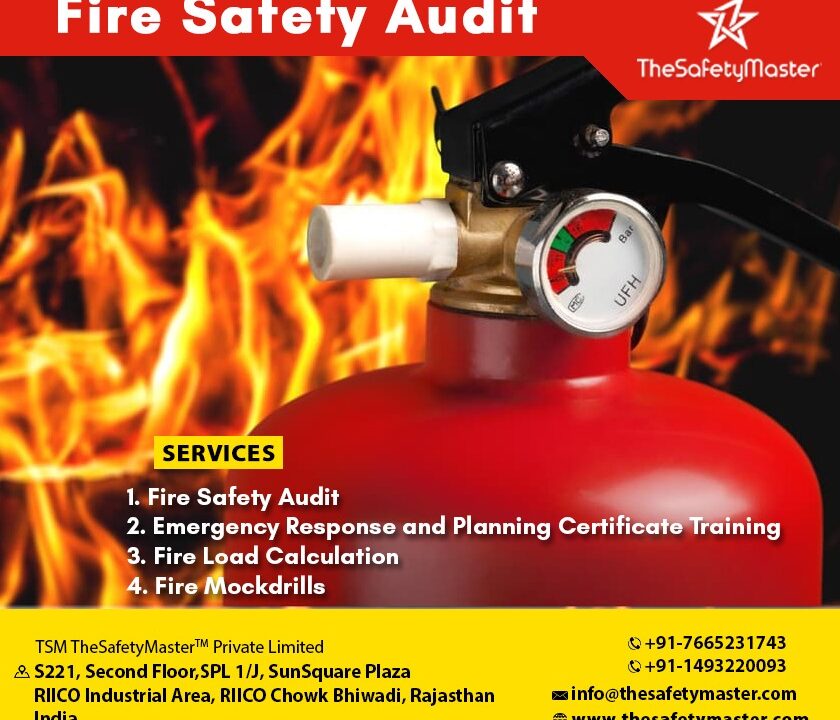Emergency Response Plan: Protecting Your Business and Community

Accident Investigation
May 8, 2023
A Comprehensive Overview of Operational Risk Management in the Chemical Industry
May 8, 2023It’s a universal truth that emergencies can strike at any time, in any place, and without warning. As a business owner or community leader, it’s your responsibility to be prepared for the unexpected. An emergency response plan is a key component of that preparation. A comprehensive plan can help protect your business or community from harm, minimize damage, and save lives.
An effective emergency response plan contains specific procedures for different types of emergencies, including natural disasters, fires, hazardous materials incidents, medical emergencies, and security threats. It also includes instructions for evacuation and sheltering in place. The plan should be tailored to the unique needs of your business or community and should involve input from key stakeholders.
Emergencies can strike at any time, without warning. Whether it is a natural disaster, a fire, or a terrorist attack, the impact on your business and community can be devastating. That’s why having an emergency response plan in place is crucial.
In this article, we will explore the essential components of an effective emergency response plan. We will guide you through the process of assessing and understanding the risks your business and community face. We will show you how to form an emergency response team that can effectively manage emergencies as they arise, and provide training to ensure that everyone is prepared to respond with confidence. By following these steps and creating a comprehensive emergency response plan, you will empower yourself and your community against the unexpected.
Assessing the Risks: Understanding Your Vulnerabilities
One of the most critical steps in any emergency response plan is identifying and assessing potential risks. Taking time to evaluate your vulnerabilities will allow you to create a more comprehensive and effective plan that can mitigate potential issues before they occur.
The first step in assessing your risk factors is to identify the types of emergencies that could affect your business or community. Natural disasters such as hurricanes, floods, and wildfires are often top of mind, but other threats like cyber-attacks, workplace violence incidents, and terrorist attacks should also be considered. Once potential emergencies have been identified, it’s important to assess each one’s likelihood of occurring and its potential impact.
After identifying the risks factors, it’s time to analyze your business or community’s assets and capabilities. This process involves evaluating physical assets such as buildings, equipment, infrastructure as well as human resources such as staff members’ training levels. A weakness in any one area can leave you vulnerable during an emergency situation.
By regularly assessing your vulnerabilities through a thorough risk assessment approach, you can proactively identify areas that require attention so that necessary actions can be taken before an incident occurs. This level of preparedness will ensure that when an emergency strikes you are better equipped to handle it efficiently while minimizing damage and loss.
Forming the Emergency Response Team: Building Your Dream Team
A strong emergency response team is essential for any comprehensive emergency response plan. This team should consist of individuals who are trained, experienced, and committed to responding quickly and effectively in times of crisis. The following are some key considerations when building your dream team:
First, determine the roles and responsibilities of each member of the team. It’s essential to have clear expectations for what each person will do during an emergency situation. Consider the skills and expertise needed for each role, such as medical training, communication skills, or experience in disaster response.
Next, identify potential team members from within your organization or community. Look for individuals who have relevant training or experience, as well as a willingness to serve in this critical role. You may also want to consider partnering with outside organizations or agencies that can provide additional resources or support.
Finally, ensure that all members of your emergency response team receive ongoing training and practice drills regularly. This will help them stay prepared for any type of emergency situation and ensure a coordinated response when it matters most.
Creating the Emergency Response Plan: Essential Components of a Comprehensive Plan
The creation of an emergency response plan is a complex and multi-faceted process that requires careful consideration and attention to detail. The goal of the plan is to provide a roadmap for how your organization will respond in different emergency situations. A comprehensive plan should cover a range of scenarios, from natural disasters to cyber attacks, and include specific steps that need to be taken by each member of your team. Here are some essential components to keep in mind when creating your plan:
Firstly, establish an emergency response team consisting of individuals with diverse skill sets such as communication, medical knowledge, logistics, and information technology. Identify potential threats faced by the organization and create a response strategy for each scenario. Develop evacuation procedures and assign roles and responsibilities for every individual during an emergency situation.
A well-designed plan also includes details on how communication will be handled between all members involved in the response effort including employees, local authorities, media outlets etc. Your plan should also provide clear guidelines on how you will inform your stakeholders about what’s happening during an emergency situation.
Training and Drills: Preparing for the Worst While Hoping for the Best
Having a well-crafted emergency response plan is only half of the equation – you also need to ensure that your team is capable of carrying out the plan effectively. This means providing regular training and conducting drills to simulate various emergency scenarios so that your team can develop muscle memory when it comes time to respond.
During training, you can review key aspects of your emergency response plan, including evacuation procedures, communication protocols, and equipment usage. You can also provide basic first aid training to ensure that team members are equipped with the knowledge they need to address injuries or medical emergencies.
Drills should be conducted on a regular basis, ideally quarterly or semi-annually. These drills should simulate real-life scenarios as closely as possible and involve all members of your emergency response team. By practicing your plan in a controlled environment, you can identify any potential weaknesses or areas for improvement before an actual emergency occurs.
Remember – while drills may seem like a hassle at times, they are essential for ensuring that your emergency response team is prepared for any situation. By investing time in regular training and drills now, you can help protect both your business and community from harm in the event of an emergency.
Communication: Establishing Clear Lines of Communication for Effective Response
In any emergency situation, effective communication is essential to ensure that all team members are on the same page and equipped with the information they need. It is vital to establish clear lines of communication and define roles and responsibilities ahead of time. This will ensure that everyone is aware of what is expected from them in an emergency.
The first step in establishing clear lines of communication is to determine the primary method of communication during an emergency. This can range from walkie-talkies, cell phones, or even social media platforms, depending on the situation. Once you have established your primary method, you should also have a backup in case your primary method fails.
It’s also important to establish protocols for who should be contacted during an emergency. You may need to contact local authorities or other stakeholders depending on the nature of the emergency. Having a clear understanding of who needs to be contacted and when can speed up response times and increase effectiveness.
Taking Action: Responding to Emergencies with Confidence and Efficiency
When an emergency strikes, it is crucial to act swiftly and confidently. The success of your emergency response plan depends on the ability of your team to react quickly and efficiently in the face of danger. The following are some essential steps that can help you respond effectively to emergencies:
Assess the situation: Before taking any action, it is important to assess the situation carefully. Determine the type and scope of the emergency, as well as its potential impact on your business or community. This assessment will be critical in developing an effective response plan.
Mobilize your team: Once you have assessed the situation, mobilize your emergency response team and allocate duties according to each team member’s skills and expertise. Make sure everyone knows their role and responsibilities.
Implement your plan: Your emergency response plan should outline specific steps for responding to different types of emergencies. Implement these steps immediately with confidence, using available resources as needed.
Communicate effectively: Effective communication is essential during an emergency response effort. Ensure that all members of your team are kept up-to-date on developments regarding the crisis at hand so that they can make informed decisions.
Evaluate and improve: After every emergency response effort, evaluate what went well and what could have been done better. Use this information to improve future responses so that you can increase efficiency in handling similar situations.
Taking action during emergencies requires both confidence and efficiency, but by following these steps, you can develop a solid foundation for responding
Review and Improvement: Continuously Evaluating and Updating Your Plan
Creating an emergency response plan is a critical first step, but the work doesn’t end there. A plan that is not reviewed and updated is quickly rendered useless, as risks change over time and new threats emerge. Therefore, it’s essential to establish a regular review process to ensure that your plan stays relevant and effective.
One best practice for reviewing your emergency response plan is to schedule regular drills or simulations to test your team’s response times and identify any areas of weakness in the plan. After each drill, take time to debrief with your team members to gather feedback on what worked well and what could be improved. Additionally, it’s crucial to stay up-to-date on the latest industry standards for emergency preparedness so that you can incorporate new best practices into your plan as they arise.
Conclusion: Empowering Yourself and Your Community Against the Unexpected
In conclusion, creating an emergency response plan is a vital step in protecting your business and community from unforeseen disasters. By assessing your risks, forming a strong team, and developing a comprehensive plan, you can respond to emergencies with confidence and efficiency. Regular training and drills help to ensure that everyone on your team is prepared to take action when the need arises. Effective communication is critical during an emergency, so establishing clear lines of communication in advance is crucial. Finally, regularly reviewing and improving your plan will help you stay ahead of potential threats. With proper planning and preparation, you can empower yourself and your community to face the unexpected with resilience and strength.
At TSM TheSafetyMaster P Limited we provide following help to customers
- Preparing Emergency Response Manual
- Train the Trainer program for Handholding
- ERT, First Aid, Fire Fighting Training
- Emergency Layout Drawing Preparation
For taking these services, please send enquiry to info@thesafetymaster.com or call +917665231743 or visit www.thesafetymaster.com




